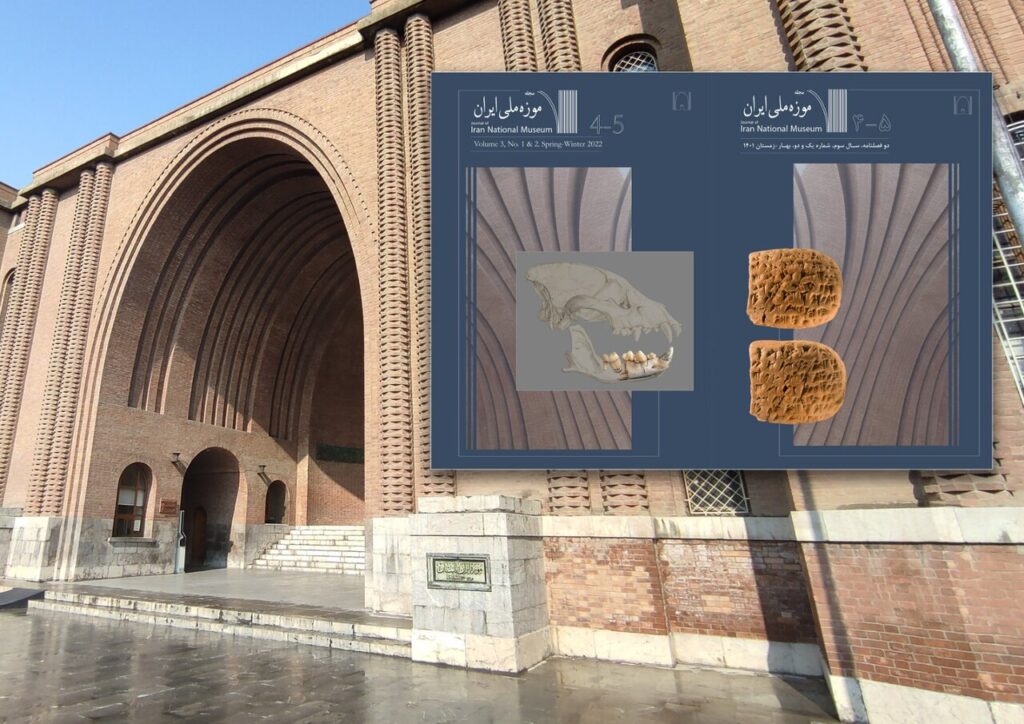Tehran – A new issue of the Quarterly Journal of the National Museum of Iran (vol. 3, issue 1) was published on the occasion of Cultural Heritage Week, which begins at the same time as International Museum Day on May 18th.
The issue includes 17 articles spanning archaeological field studies, research into collections housed in the National Museum of Iran, and other topics related to museums and museums. The journal is published in both English and Persian and is open to the public.
Among the highlights of this issue are the results of field studies conducted at the Detal Lower Paleolithic site in Hormozgan. Additionally, animals from the Wasme Cave in Karmanshire have shed light on fauna diversity in the West Zagros region over the past 70,000 years. The Journal also presents the findings of research into cremated human relics in Zardo Sahel near Kashan, providing new evidence of burial ceremonies in the Neolithic period. Clay seals discovered at Tepe James Schlan in the Mahidasht Plain provide insight into the prehistoric connections between Central Zagros, Susiana and Mesopotamia.
Further contributions include a study of the Bakun period site in the highlands of Fars, revealing evidence of seasonal idyllic activities. Analysis of Susa Clay tablets (3100-2900 BC) documents early crop cultivation, labor organization, and strengthens Susa’s role as a management centre. The newly identified tablets of Akkad detailed the reconstruction of the Ababal temple in Larsa by the Babylonian king. The Journal also explores scenes of sacrifice depicted in the Arjumbowl and explores the terminology of eramite such as Takara found in the Persepolis archives that illuminate the administrative practices of the Achemenid Empire.
Advanced methodologies have been featured in studies such as CT scans of Chehrabad salt mummies, analyzing injuries caused by mine collapse. Another study investigated the functional purpose of the hole in the capital of the Persepolis pillar, suggesting that it was used to hang lightweight decorations. The issue also discusses the coins excavated by Herzfeld of Persepolis on the procurement of cobalt in the blue attractive ceramics of Iran and China (CE 12th-17th centuries).
The Kajal period paintings in the collection of the National Museum of Iran are borne out of the Battle of Yerevan in 1804. Practical museum topics are also featured, such as strategies to mitigate earthquake risk to museum objects and the application of Kant’s concept of sublime in the context of museum crafts.
Since its founding, the journal has published 43 articles, attracting 18,286 views and 10,513 downloads. This reflects its growing role as a platform for interdisciplinary research that bridges archaeology, history and museum research. The publication highlights the Iranian National Museum’s commitment to promoting academic dialogue and spreading knowledge about Iran’s rich cultural heritage.
morning

